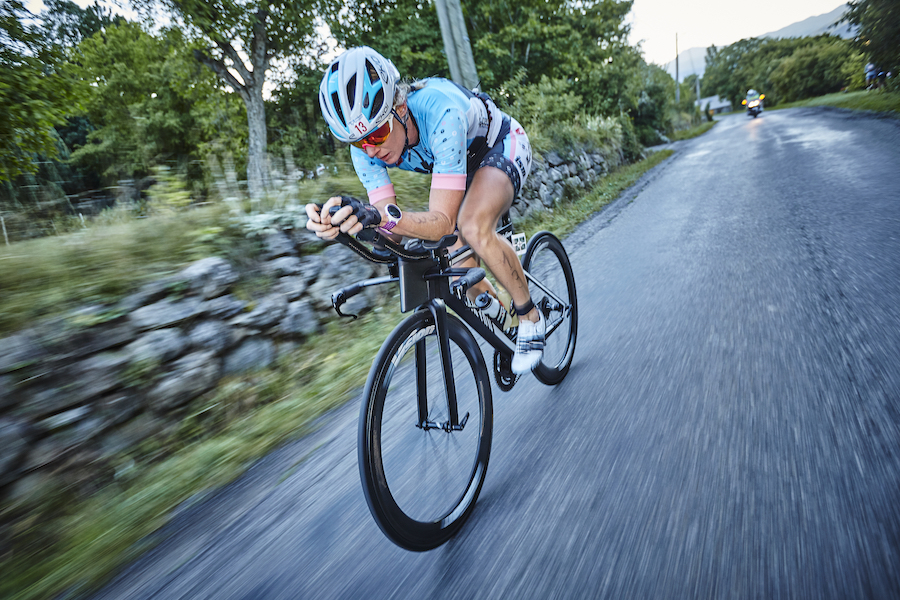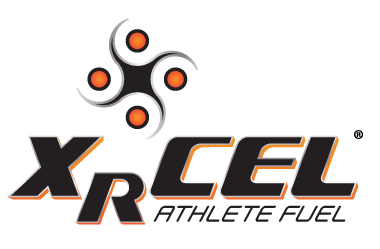
23 Apr Be Better Prepared For Your Next Triathlon By Nailing These 3 Things
By Carrie Lester – Pro Triathlete and Coach
Training for a long distance Triathlon (half ironman to ironman) can be exhausting at times and requires a reasonable level of commitment to make the event an enjoyable experience. Looking back over years of racing and training, and also now coaching athletes who are training for multiple distances, I believe there are 3 main areas where you can hone your skills which will help you in your quest for success at your next event.
- Time
Be realistic with how much time you have to train, and then base your goals off that. Consider all things outside of training (work, family, friends, regular commitments etc) that will impact your schedule and then be honest with yourself with how much you are able to train outside of that, including some time in there for recovery. Then set yourself a timeline (a coach can help you with this), and start training with purpose. You can do any distance you set your mind to – but always remember the best way to get fitter and stronger faster is to be consistent. A training schedule that is manageable with life balance will be your key to success and in remaining injury free.Nutrition
2. Nutrition
Learn to eat for better training and recovery. The best times to fuel your workouts are before, during, and immediately after. For workouts 1hr or less, if we have properly managed our glycogen reserve, we don’t need to consume many (if any) calories, but over that we need to start to pay attention. And, if we fuel ourselves correctly during the workout, we tend to eat less later which helps when trying to maintain a leaner body weight. Anywhere from 30-60g carb/hr is a good guideline for longer workouts (over 2hrs) in combination with your choice of electrolyte. I choose 1-2 XRCEL per hour plus water or electrolyte for longer sessions. Promote recovery after key sessions by eating a carbohydrate and protein mix as soon as possible. If you don’t have your next meal waiting for you soon after you finish your workout, have an XRCEL. Because it’s made with glucose, it is super-efficient at replenishing depleted glycogen for faster recovery.
Drink or snack within 15-30 mins of exercise, and then continue on with your nutrition plan.
3. Training
Make your easy days EASY! Stringing together moderate/high intensity sessions without low intensity, aerobic, strength building days will only end in burnout, injury, fatigue and a performance plateau (which are all part of burnout) because you will never give your body and mind a rest in order to push to new limits. All of the best athletes follow the stress and rest principle. They alternate between cycles of stress and rest. Rest days don’t have to mean a complete day off. They can be easy training and active recovery, so long as whatever workout you do is EASY. Spinning on your bike, shuffle during your run and even walk the hills, use pull gear while swimming. Whatever you have to do to keep your heart rate as low as possible.
After almost 15 years of Triathlon training and racing I will be honest and say I still make mistakes in these areas, but being aware has definitely improved my overall health and longevity in the sport. Being smart while you are putting in the training day after day will result in a consistent training program and from that I guarantee you will see the results in your progress and racing performance.







Sorry, the comment form is closed at this time.